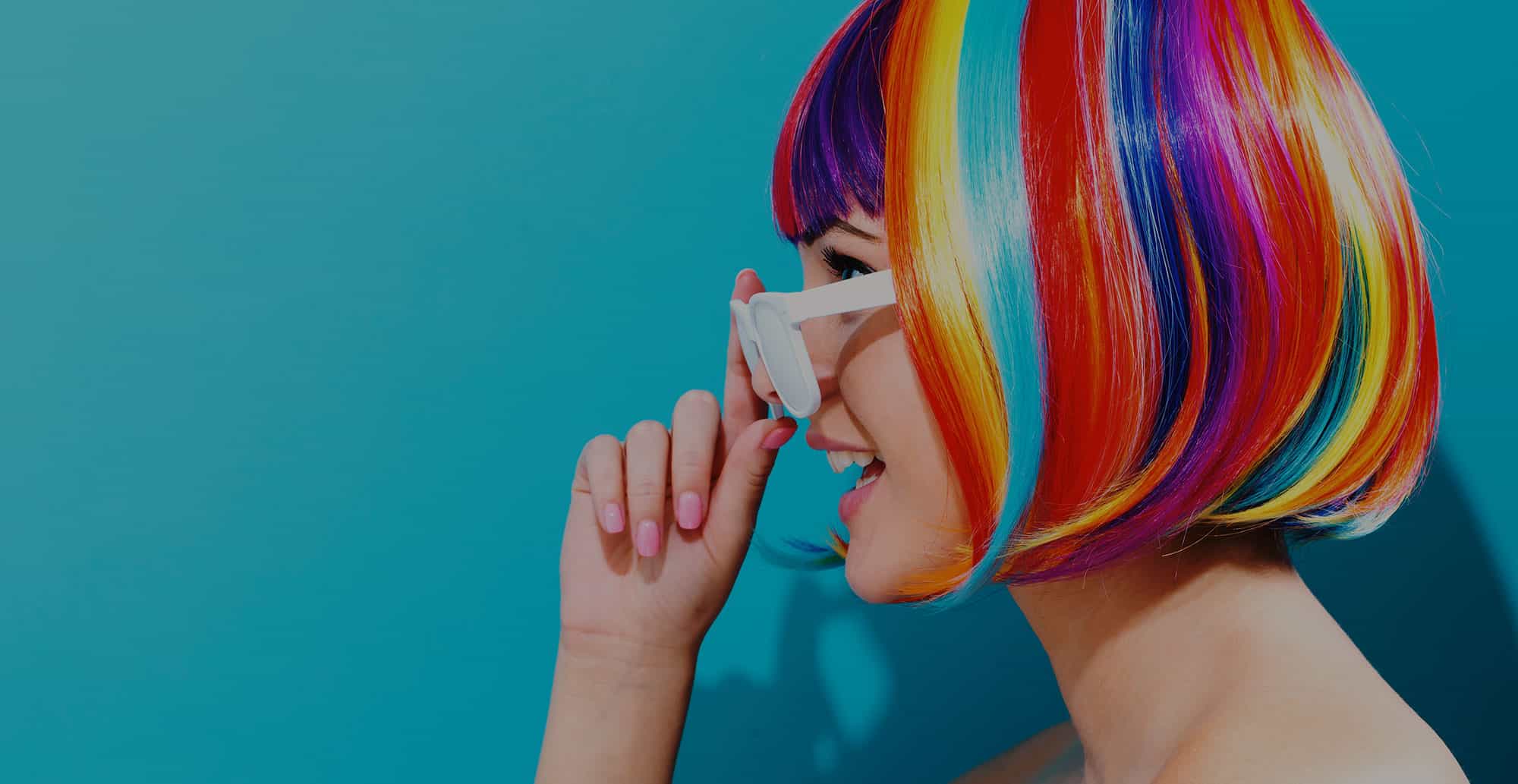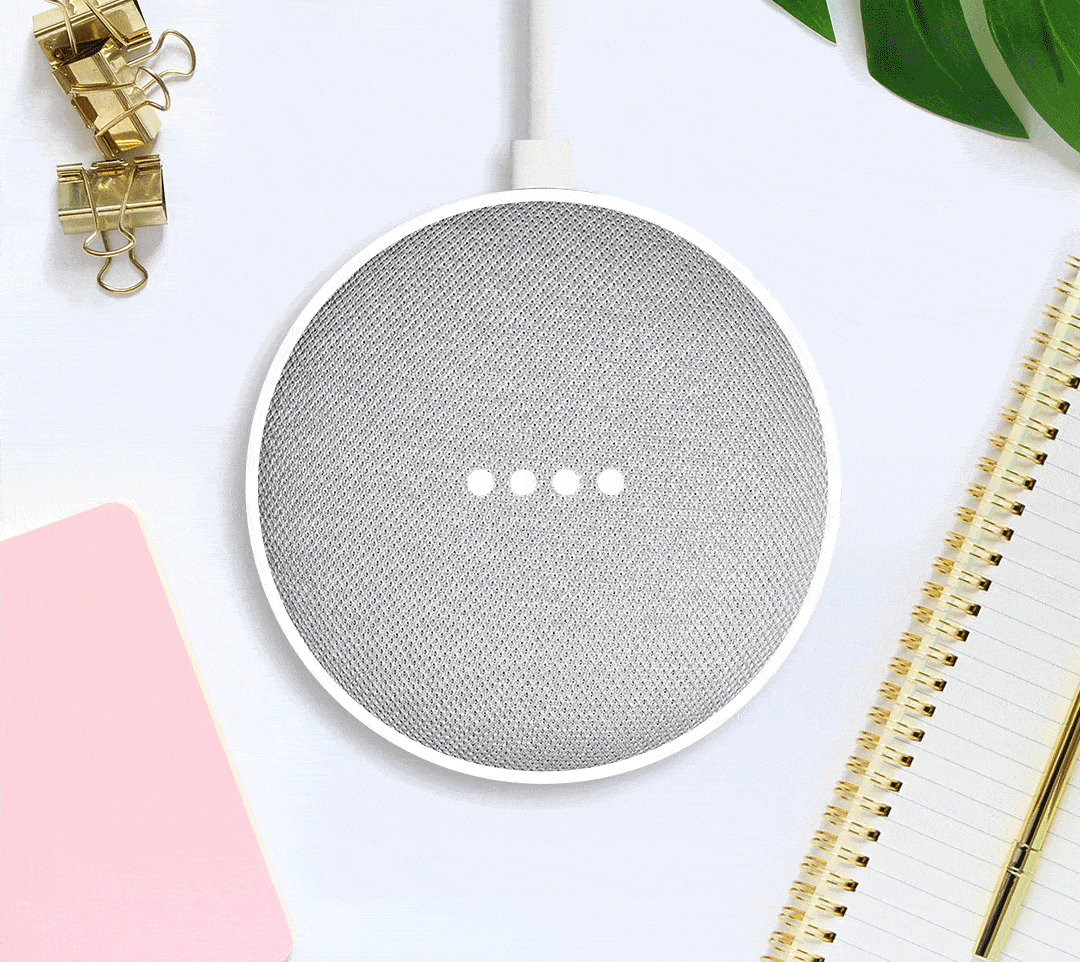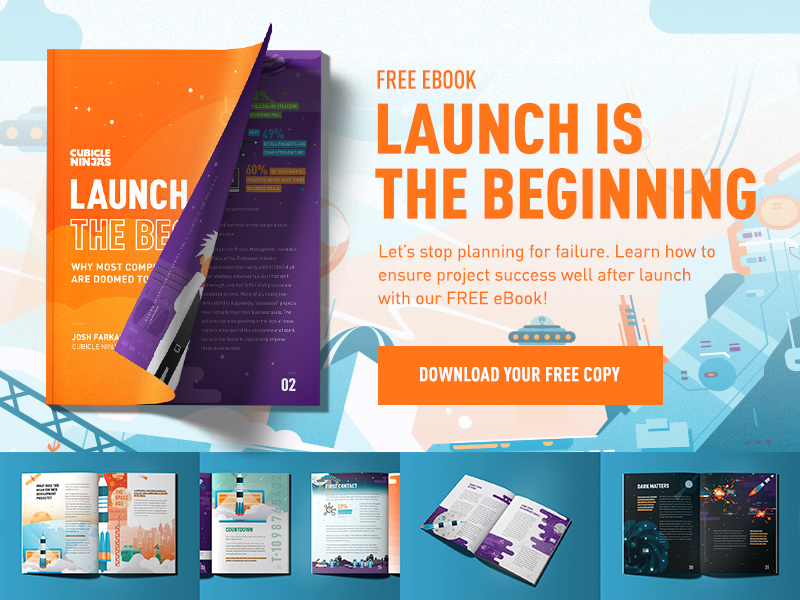
Here are 4 strategies that use modern design color theory to help make your visuals pop.
If you’re a gifted communicator but lack a sense of visual design and impact, you’re only halfway there. People have ears and eyes, and exclusively focusing on one to the detriment of the other will always hold you back. Balance is the key. And one of the quickest, simplest, and most impactful design tactics during presentations can be summed up in one word: color.
1. Play Off Your Audience’s Cultural Psychology
You probably learned in school that certain colors carry specific meanings and connotations. At least in the west, green tends to represent rebirth and rejuvenation, red usually evokes passion, and yellow typically evokes feelings of calm and happiness.
But be mindful of the fact that all of these color associations come with their adjoined opposites as well. Green represents new life, but it also represents jealousy and putrefaction in certain contexts. Red evokes passion, but in the right circumstances, it can also bring violence to mind.
And there are vast differences between the meanings ascribed to colors by different cultures. In the west, for instance, the color white typically stands for freshness or purity. In China, however, the color white stands for death and emptiness. The takeaway? Do your research before putting together your next international brand.
2. Learn the Value of Contrast
What would we tend to think of a coworker who only wore the same one or two colors every day? We might feel sorry for them, or we might simply wonder what their deal is. But we probably won’t be drawn in by their daily monochrome.
Design color theory says this same thing applies to sales and marketing creative. You must make sure your slides employ contrast between colors. Whether that means tailoring your slide backgrounds for emotive effect, or ensuring that all your images are high-contrast, taking the extra time here will have at least two beneficial effects.
First, the contrasting color scheme will draw the visual attention of your audience to the stage, and hopefully keep it there. Second, and of equal importance, your audience will be able to perceive of your level of effort. Nothing screams laziness like hitting “repeat” on one or two colors for a full twenty minutes.
If you’re going to play the game, play it intelligently (by checking out this in depth guide to color pairings).
3. Add a Dash of Empathy
This tip not only applies to design color theory, but to pretty much everything about debuting a new campaign in public: the importance of calibrating your tone, language, appearance, and…yes, your use of colors. What on earth does your use of color have to do with empathy? A lot, as it turns out.
This goes back to our first point about archetypal associations around colors. It’s about using context to find the most effective and appropriate color, in light of the known associations you’re dealing with. Are you giving a presentation on a new product and want to get everyone excited about steamrolling your competition? A bit of red would be perfect for that. Are you looking to calm a worried customer with your new ad campaign? Blue or green it is. How can you make your customers feel a desired emotion just by glancing at your color scheme?
4. Remember Your Temperatures
If you were walking around a friend’s house, and every single room was a different temperature, how would you react? Not comfortably, that’s for sure. You wouldn’t know what to wear from room to room. You’d simply have no way to calibrate.
Well, lo and behold, colors have temperatures too. Color temperatures are measured in Kelvin (K), with warm colors falling in the 2,000-3,000K range, cool colors in the 4,600-6,500K range, and the rest falling in between. Warm colors include red, yellow, orange tones, while cooler colors including blue, green, and purple tones.
This basic fact is the foundation of all color matching and more in-depth attempts to manipulate mood with color. Think of it as the “basic arithmetic” of the design color theory world.
Check out this detailed guide about color temperature to strengthen your next creative campaign.
Summing Up Design Color Theory
Odds are that when the day of your next creative campaign or identity redesign launch arrives, you’ll stare into the mirror debating tie colors and patterns, shirt and shoe pairings, and so on. Just remember to also take a second look at your brand colors before you get onstage!
Looking for more ways to creatively impress your audience?
Improve your presenting skills with tips for better public speaking or check out more powerpoint presentation tips! Or learn from epic rebranding disasters before you begin.













